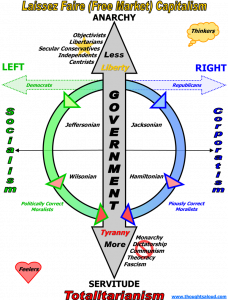 Real Numbers
Real Numbers
I found another interesting resource for financial data that hasn’t been spun by the politicians. John Williams’ Shadow Government Statistics is worth a look. It is a subscription service; but there is plenty worth perusing out front. Of particular interests are the graphs which tell what the real inflation rate, money supply, unemployment percentage, etc. Then, there are the Primers on Government Economic Reports: What You’ve Suspected but Were Afraid to Ask. It is five years old, so it must be read for process not current conditions, yet even that will yield surprising data for 2004:
The current Bush administration has expanded upon the Clinton era initiatives, particularly in setting the stage for the adoption of a new and lower-inflation CPI and in further redefining the GDP and the concept of seasonal adjustment.
As a result of the systemic manipulations, if the GDP methodology of 1980 were applied to today’s data, the second quarter’s annualized inflation-adjusted GDP growth of 3.0% would be roughly three percent lower (effectively netting to zero percent or below). In like manner, current annual CPI inflation is understated by about 2.7% against the pre-Clinton CPI methodology (would be about 5.7%), and the unemployment rate is understated by about seven percent against its original design and what many people would consider to be actual unemployment (would be about 12.5%).
As to the financial results of federal operations, the application of accrual accounting and generally accepted accounting principles to federal operations shows an actual fiscal year 2003 deficit of $3.7 trillion, as reported by the U.S. Treasury, versus the reported cash-basis $374 billion.
Personally, I don’t believe a damn thing any politician or DC bureaucrat says anymore, so resources like this are valuable to anyone who desires to know what is really happening. â—„Daveâ–º


Good link, thanks.